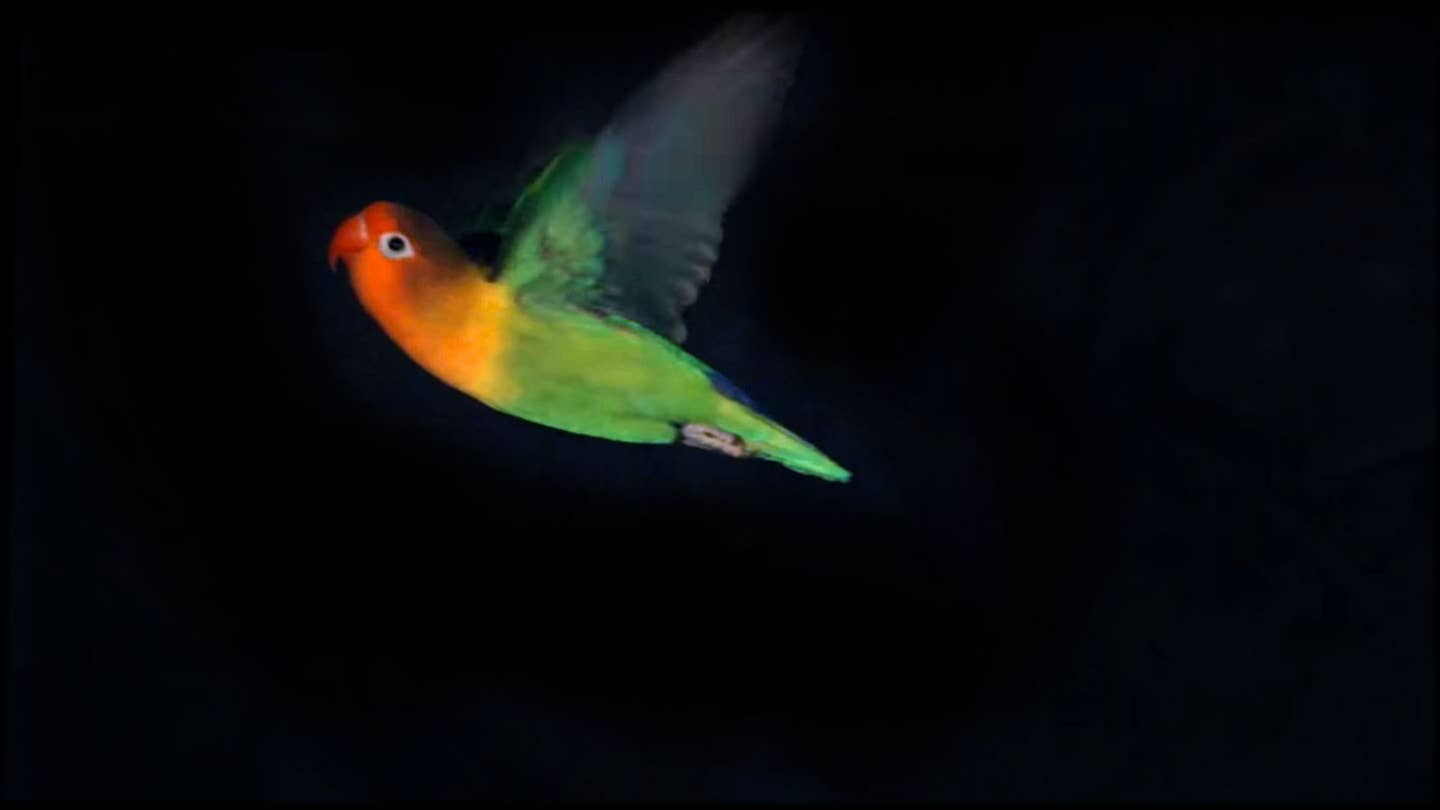Stanford Engineers Build a Wind Tunnel for Birds… and Drones
Understanding how birds fly in turbulence will lead to better aircraft.

The lowliest, least gainly avian is an aerial acrobat compared to the most advanced drone. To move the latter closer to the former with respect to flying ability, the big brains at Stanford built a bird wind tunnel capable of precisely adjustable turbulence, and will use it to study how birds fly in unstable air. Miniature tunnels for such purposes aren’t new; Lund University in Sweden built a bird wind tunnel in 1994 and performed a big bat study in 2007. The urgency now is that, as our skies fill up with flying robotic workhorses, designers want to ensure they don’t get flipped over or blown to the outskirts of town if they stray into updrafts or down into the maelstrom of an urban canyon.
For years, Stanford assistant professor of mechanical engineering David Lentink, who doubles as a biologist, has used video footage of wild birds in flight to calculate “wing force dynamics.” The wind tunnel, about two meters long, will let him step away from the VCR. A fan about the size of a Volkswagen Beetle can blow air at up to 50 meters per second, although the trained lovebird, parrotlet, and hummingbird subjects will endure gusts of no more than 15 m/s, more usually 7 m/s. An extremely low turbulence value inside the tunnel creates a smooth airflow, enabling study of wing mechanics in tranquil air. When it’s time to party, computer-controlled vanes in front of the fan create precise turbulence patterns with a uniform flow that are difficult for the bird to predict.
Six observation windows, high-speed cameras, motion-capture technology, and measurement tools secured with the help of the US military keep track millisecond records of a bird’s wings – from a single bird up to a flock. That data will go into new calculations of force dynamics, and eventually two fluoroscopes (essentially functional X-ray machines) will be added, visualizing the muscular-skeletal actions that go into flight adjustments.
Once Lentink and his crew have mastered bird flight, they’ll test new prototype drone designs for maneuverability at up to 50 m/s – 112 miles per hour. Lentink says he’s got an eye on “bird-like, winged robots that quickly morph their wing shape in order to maintain stability in turbulent air flows.” He might start with a read of Jonathan Livingston Seagull, one of the canons in the field of seagull acrobatics. But more than that, it sounds like Lentink wants to build the ornithopters from Dune, an idea author Frank Herbert had in 1965. If we can get the ornithopters without the ravenous worms and intergalactic spice war, we won’t complain.

